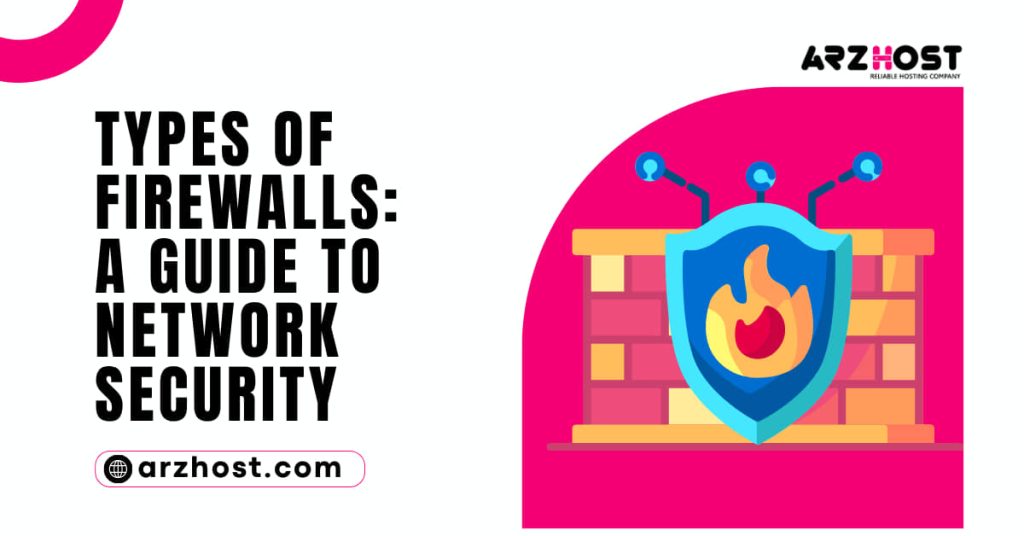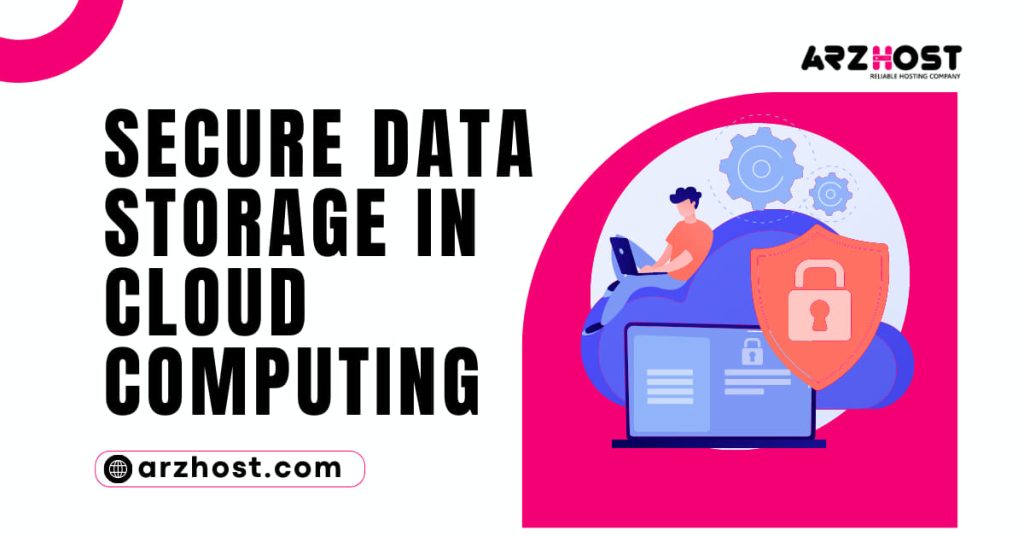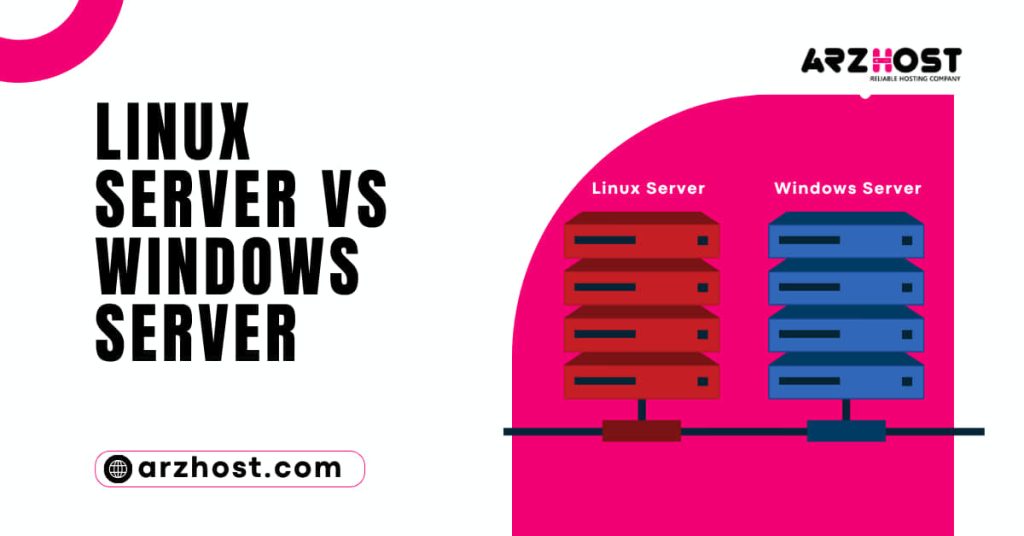A crucial security choice is which Types of Firewalls to use to safeguard your network. Choosing the incorrect sort of firewall is worse than having none at all since it gives you a false sense of security even while the network is very vulnerable to attack.
What are the many Type of Firewalls Security that may be installed? What’s more, which one is the best choice for your use case?
This article lists eight types of firewalls that protect networks against harmful traffic. We weigh the benefits and drawbacks of each option, describe which OSI layer(s) they operate on, and provide advice for picking a firewall that best satisfies your security needs.
What are Firewalls?
A firewall is a program or security equipment that keeps track of network traffic and looks for potential dangers. A firewall’s primary function is to operate as a barrier, letting harmless traffic in while keeping harmful traffic out.

Different use cases require different levels of security from firewalls. Firewalls are used by security teams to:
- Ensure network security against outside traffic sources (i.e., the Internet).
- Construct “Types of Firewalls” to enclose internal subnetworks (e.g., a firewall that prevents HR personnel from accessing a system reserved for the DevOps team).
- Configure a single device for traffic scanning (e.g., a firewall that protects a BYOD laptop from incoming traffic).
In the client-server approach, firewalls are one of the cornerstones of network security. Although these systems guarantee the security of both incoming and outgoing traffic, they are subject to:
- Attacks using social engineering (e.g., someone stealing a password and trying to commit CEO fraud).
- Insider dangers (e.g., someone within the network intentionally changing firewall settings).
- Human errors (e.g., employees forgetting to turn the firewall on or ignoring update notifications).
What Functions of a Firewall?
Types of Firewalls are installed inline across a network by teams to serve as a barrier between outside sources and the protected system. Administrators designate “choke points” where a firewall examines each data packet coming into and going out of the network.
A chunk of data structured for Internet transfer called a packet includes the following information:
- The cargo (the actual content).
- A heading (info about the data, such as who sent it and to whom).
Firewalls examine packets in accordance with pre-established criteria to differentiate between legitimate and malicious traffic. The firewall must obey certain rulesets in order to inspect the following:
- IP addresses for the source and destination.
- In the payload’s content.
- Packet protocols, such as the TCP/IP protocol used by the connection.
- Apps’ protocols (HTTP, Telnet, FTP, DNS, SSH, etc.).
- Data patterns that point to particular cyberattacks
The firewall directs safe packets to the intended destination while blocking any packets that do not follow the rules. When a firewall blocks traffic from entering a network, there are two options:
- Quietly reject the request.
- Send the sender an error message in response.
Choose the option that makes the most sense from a security perspective as both prevent harmful traffic from entering the network. Security teams typically want to discreetly reject requests to minimize the information in case a would-be hacker is checking the firewall for potential flaws.
Type of Firewalls Security Depending on Delivery Method
Hardware, software, and cloud-based firewalls are the three types of firewalls available, depending on how you choose to implement them. See what each of these approaches has to offer.
1: Computer Firewalls
Direct installation of a software firewall (also known as a host firewall) on the host device. Administrators must install a separate copy of the programmer on each device they want to protect because this sort of firewall only covers one computer (network endpoint, PC, laptop, server, etc.).
A software firewall must use resources since administrators tie it to a particular device. This is a deal-breaker for several use scenarios because these firewalls invariably use some system RAM and CPU.
Advantages of software firewalls
- Excellent defence for the device they were given.
- Separate each network endpoint from the others.
- Highly detailed security with total admin access to all permitted Programmes.
- easily accessible.
Software firewalls’ drawbacks
- Consume the CPU, RAM, and storage of the device.
- For every host device, configuration is necessary.
- Daily upkeep is challenging and time-consuming.
- You might need to utilize various solutions inside the same network because not all devices are compatible with every firewall.
2: Firewalls in hardware
A hardware firewall, sometimes known as an appliance firewall, is a standalone piece of hardware that controls network traffic flow. These standalone devices have their own resources, unlike software firewalls, and don’t use any CPU or RAM from host devices.
A hardware firewall may be a bit overkill for certain SMBs; instead, they may find per-host software firewalls to be more beneficial. For larger enterprises with numerous subnetworks and numerous machines, hardware firewalls are a great option.
Hardware firewall benefits:
- Use one solution to secure multiple devices.
- superior perimeter protection because harmful traffic is stopped before it reaches host devices.
- Don’t use up host devices’ resources.
- One firewall is under the admin’s control for the entire network.
Hardware firewalls’ drawbacks
- pricey compared to software firewalls.
- A significant weakness is insider threats.
- More expertise is needed for the management and configuration of software-based firewalls.
3: Firewalls in the Cloud
Cloud-based firewalls are a popular product that many companies give over the Internet on demand. These services, which go by the name “Firewall-as-a-Service,” are offered as either IaaS or PaaS.
An MSP administers a cloud-based firewall. This choice is great for:
- Highly dispersed companies.
- Teams facing security resource shortages.
- Organizations lacking the required internal expertise.
Cloud firewalls are excellent at perimeter security, much like hardware-based solutions, but you can also configure these systems per host.
Cloud firewall advantages:
- The vendor provides all administrative functions (installation, deployment, patching, troubleshooting, etc.).
- Users can grow cloud capacity at their discretion to handle increased traffic.
- No requirement for internal hardware.
- High availability rates.
Drawbacks to cloud firewalls
- A lack of openness regarding the firewall’s operation by the provider.
- These firewalls are challenging to transfer to another provider, just like other cloud-based services.
- Because traffic is routed through a third party, latency and privacy issues are raised.
- Steep OpEx, which makes it expensive in the long run.
Different Firewall Types Depending on How They Work
According to their purpose and OSI layer, the five different kinds of firewalls are thoroughly examined below. Any of them can be used on the cloud, as software, or as hardware.

1: Firewalls with Packet Filtering
At the network layer, packet-filtering firewalls serve as a checkpoint by comparing the header information of each packet to a predetermined set of standards. These firewalls examine the header-based data listed below:
- IP addresses at both the origin and destination.
- kind of packet.
- Port quantity.
- protocols for networks.
These Types of Firewalls don’t open the packet to inspect the payload; instead, they just look at the packet’s surface-level data. A firewall that uses packet filtering examines each packet independently, disregarding other traffic streams.
Small businesses that need a minimal level of security against known threats should use packet-filtering firewalls.
Pros of firewalls with packet-filtering:
- a cost-effective answer.
- rapid packet processing and filtering.
- excellent at controlling internal departmental traffic.
- low use of resources.
- minimal effect on user experience and network speed.
- allows for the creation of complicated security policies by screening packet headers.
- a great firewall system with multiple layers of defense.
Cons of firewalls with packet-filtering:
- No verification of packet payloads (the actual data).
- Simple to get around for an expert hacker.
- Unable to filter at the application layer.
- Because it isolates each packet, it is susceptible to IP spoofing attacks.
- No features for user authentication or logging.
- Access control lists are difficult to create and maintain.
2: Gateways at the Circuit Level
At the session OSI layer, circuit-level gateways keep track of TCP (Transmission Control Protocol) handshakes between nearby and distant hosts.
This straightforward sort of firewall rapidly accepts or rejects traffic without using a lot of resources. Even requests that contain malware can reach the network since these systems do not check packets.
Circuit-level Gates’ Benefits
- Processing requests alone; rejecting all other traffic.
- easy to manage and set up
- cost- and resource-effective.
- dependable defence against address exposure.
- minimal effect on end-user satisfaction.
Circuit-level Gateways’ Drawbacks
- As there is no content screening, this is not a stand-alone solution.
- Frequently calls for software and network protocol adjustments.
3: Firewalls with Stateful Inspection
At the network and transport levels, a stateful inspection firewall (also known as a dynamic packet-filtering firewall) keeps track of all incoming and exiting packets. Packet inspection and TCP handshake verification are combined in this sort of firewall.
Official inspection in order to keep track of all open connections and allow the system to monitor current traffic streams, firewalls maintain a table database.
All essential packet-related data is kept in this database, including:
- The IP source.
- Origin port.
- IP destination.
- Port of arrival for every connection.
The firewall checks the list of valid connections whenever a new packet arrives. The firewall assesses non-matching traffic in accordance with the pre-set policy while allowing familiar packets to get through without further inspection.
Stateful Inspection Firewalls’ Advantages:
- When filtering traffic, think about packets that have already been analyzed.
- Quite effective at thwarting attacks that target protocol vulnerabilities.
- Avoid opening several ports for inbound or outbound traffic as this reduces the attack surface.
- Capabilities or precise logging that aid in digital forensics.
- Reduced contact with port scanners.
Stateful Inspection Firewalls’ Drawbacks
- More expensive than firewalls with packet filtering.
- Require a great level of ability to properly set up.
- Frequently degrade performance and increase network latency.
- No support for authentication to verify traffic sources that have been spoofed.
- Prone to TCP flood attacks that take advantage of connections that have already been made.
4: Firewall Proxy
An application-level gateway, also known as a proxy firewall, acts as a bridge between internal and external systems. By concealing client requests before forwarding them to the host, these firewalls secure a network.
Proxy firewalls function at the OSI model’s application layer, which is the top level. These systems have deep packet inspection (DPI) capabilities that examine incoming traffic’s payloads and headers.
The proxy server receives the message sent by the client when it attempts to enter a network. The following are checked by the Types of Firewalls:
- Earlier correspondence between the client and firewalled devices (if any).
- Head information
- The actual content.
After that, the proxy disguises the request and sends it on to the web server. The client’s ID is hidden through this technique. The server answers and delivers the information to the proxy, which then passes it on to the firewall and the original client.
The preferred solution for companies looking to protect a web application from fake individuals is a proxy firewall. Additionally, these systems are widely used when a use case necessitates network anonymity.
Proxy Firewall Advantages:
- DPI verifies the payloads and headers of packets.
- Create an additional barrier between your clients and your network.
- Internal IP addresses should be hidden from prospective threat actors.
- At the network layer of the OSI model, find and prevent invisible assaults.
- network traffic security measures that are granular.
- Remove geographic limitations.
Drawbacks to Proxy Firewalls
- Rigorous packet checks and additional communication procedures led to an increase in delay.
- Due to their significant processing overhead, firewalls of this sort are less economical than others.
- Difficult to set up and maintain.
- Not suitable for all network protocols.
5: Future-Proof Firewalls
A security tool or software program known as a next-generation firewall (NGFW) combines various features of other firewalls. A similar mechanism provides:
- Deep packet inspection that examines the content of the traffic.
- TCP handshake validations.
- Packet examination at the surface level.
Additionally, Next-Generation firewalls have extra network security precautions like:
- IDS and IPS systems
- Scanning and screening for malware.
- Contemporary danger intelligence (pattern matching, protocol-based detections, reputation-based malware detection, anomaly-based detections, etc.)
- Antivirus software.
- Address Translation for Networks (NAT).
- Characteristics for quality of service (QoS).
- Examining Secure Shell (SSH).
- In highly regulated areas like healthcare or finance, NGFWs are frequently used. The typical adopters are businesses that must abide by PCI and HIPAA regulations.
Benefits of modern firewalls:
- Integrate established firewall features with cutting-edge cybersecurity skills.
- From the data link layer to the application layer, examine network traffic (layers 2-7 in the OSI model).
- Significant logging abilities.
Negative aspects of the newest firewalls:
- Greater price tag than other firewalls.
- A significant single point of failure.
- Lengthy deployment period.
- Require a lot of skill to put up and maintain.
- Obstructed network performance.
Final Words
The first line of protection against an intrusion into your business is a Type of Firewall. Treat the selection and configuration of these systems as though they may make or break a security strategy. Before you commit fully to a solution, understand what features various types of firewalls provide and how they protect assets.
FAQS (Frequently Asked Questions)
What are the main types of firewalls?
There are five main types of firewalls, each offering different levels of security and complexity:
Packet-filtering firewalls: These basic guardians analyze data packets based on IP addresses, port numbers, and other criteria. They’re simple and affordable, but offer limited protection against sophisticated attacks.
Circuit-level gateways: These inspect established connections and track their status, providing an extra layer of security compared to packet filtering. They’re more efficient but still vulnerable to application-level threats.
Stateful inspection firewalls: These smart protectors analyze packet content and connections, allowing deeper scrutiny of traffic. They offer significant security but may impact network performance.
Proxy firewalls: These gatekeepers act as intermediaries, hiding internal systems from outside threats. They offer strong application-level protection but can be expensive and introduce latency.
Next-generation firewalls (NGFWs): These all-in-one heroes combine features from other types, including deep packet inspection, intrusion detection, and malware filtering. They offer comprehensive security but come at a premium.
Which firewall is right for me?
The best firewall depends on your needs and budget. Consider factors like:
Network size and complexity: Larger networks need more robust protection.
Security requirements: High-risk data requires stronger firewalls.
Performance needs: Firewalls shouldn’t significantly slow down your network.
Budget: Prices vary depending on features and complexity.
Consult a security expert for personalized recommendations.
Can I have multiple firewalls?
Absolutely! Layering different types of firewalls creates a “defense in depth” strategy. For example, you might use a packet-filtering firewall at the network perimeter and a stateful inspection firewall for internal network control.
Are hardware or software firewalls better?
Both have advantages and disadvantages
Hardware firewalls: Offer dedicated performance and stronger security, but can be expensive and inflexible.
Software firewalls: More affordable and easier to manage, but may impact system performance and require compatible hardware.
Choose based on your budget, technical expertise, and security needs.
Do I need a firewall at home?
Yes! Home networks are increasingly targeted by attackers. A basic firewall protects your devices from unauthorized access and malicious software. Consider a software firewall built into your operating system or router, or a dedicated firewall appliance for more advanced protection.
Remember, firewalls are just one part of a comprehensive security strategy. Combine them with strong passwords, secure software practices, and user awareness for optimal protection.








